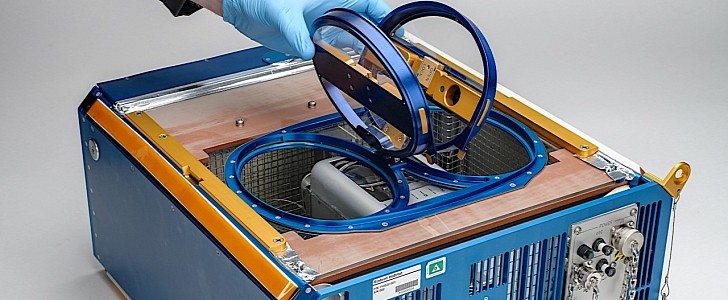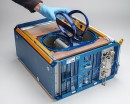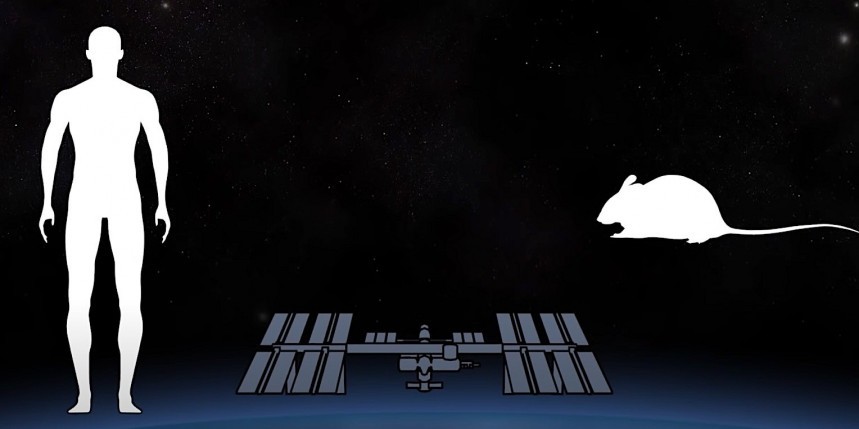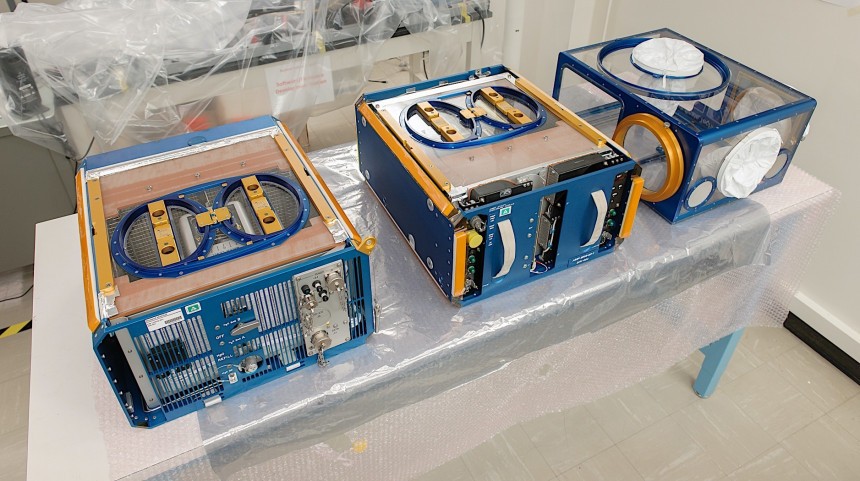For most of us regular Joes, the image of an astronaut (not the tourist-astronaut kind that recently popped up) is that of a physically-perfect human being, one who had to go through extensive training and medical tests before being allowed to board a spacecraft.
The thing with these perfect human beings though is that they leave Earth perfectly healthy, but they come back less than so. That’s due primarily to the lack of gravity on the International Space Station (ISS), where they mostly go, and the amount of time they spend up there.
According to NASA, which has quite the experience with people spending long periods of time on the ISS, exposure to a zero-g environment affects pretty much all of the person’s body: bones, muscles, the heart, blood flow, and the immune system.
In the future, if we want to truly become a space-faring race, but are not all that interested in coming up with artificial gravity systems to serve our needs, those effects must be a lot better understood. And this is where humanity’s preferred beings for medical experiments come into play.
Believe it or not, rodents are very similar to humans from a medical point of view (meaning in terms of anatomy, physiology, and even genetically). They’re also perfect for such research because of their faster development and shorter life span, and NASA in particular likes them because it gets to fly “dozens of small rodents on each mission,” thus coming up with extensive data each time.
In fact, the space agency is so captivated with these being and what they can teach us about the effects of space on organisms that it even developed a special tool, one it calls Rodent Research Hardware System.
Put together by the Ames Research Center, the system comprises three distinct modules. First, we have the transporter, which is the cage, if you will, that carries the rodents to space. The second is the animal access unit, a piece of hardware that facilitates their removal from the transporter, and the transfer into the third module, the habitat - which is actually the place these rodents will call home until they, well, expire, mostly.
NASA started flying mice to the ISS in the Rodent Research Hardware System back in 2014, when the gizmo proved its worth and kept the creatures alive both inside the SpaceX Dragon capsule that took them up there, but also once on the station.
In 2015, the agency started looking into the effects of the space environment on the musculoskeletal and neurological systems. The following year, the focus fell on a potential new treatment for skeletal muscle wasting and weakness, with a potential treatment developed by pharmaceutical company Eli Lilly being tested. Then, two missions in 2017 focused on bones and bone tissue loss.
Studies with mice at the center of the microscope did not stop, and NASA also researched the effects of microgravity on blood vessels in the brain and eye, on cartilage loss in joints, on atrophy, and even “on the community of microorganisms in the gut.”
The biological circadian rhythm, structure and function of the arteries, veins, and lymphatic vessels, and vision are also on the list of things being researched, as five decades after we’ve begun exploring space, we still don’t have a complete picture of what it can do to us.
At the beginning of this year, NASA put the results of all this research together into a nice little package that can be found here. It also announced “unused tissue samples from the experiments will be shared with additional researchers who will use them for even more studies,” in a bid to squeeze every single ounce of usefulness from the little beings that are sacrificing themselves so we can build our space empire.
According to NASA, which has quite the experience with people spending long periods of time on the ISS, exposure to a zero-g environment affects pretty much all of the person’s body: bones, muscles, the heart, blood flow, and the immune system.
In the future, if we want to truly become a space-faring race, but are not all that interested in coming up with artificial gravity systems to serve our needs, those effects must be a lot better understood. And this is where humanity’s preferred beings for medical experiments come into play.
Believe it or not, rodents are very similar to humans from a medical point of view (meaning in terms of anatomy, physiology, and even genetically). They’re also perfect for such research because of their faster development and shorter life span, and NASA in particular likes them because it gets to fly “dozens of small rodents on each mission,” thus coming up with extensive data each time.
Put together by the Ames Research Center, the system comprises three distinct modules. First, we have the transporter, which is the cage, if you will, that carries the rodents to space. The second is the animal access unit, a piece of hardware that facilitates their removal from the transporter, and the transfer into the third module, the habitat - which is actually the place these rodents will call home until they, well, expire, mostly.
NASA started flying mice to the ISS in the Rodent Research Hardware System back in 2014, when the gizmo proved its worth and kept the creatures alive both inside the SpaceX Dragon capsule that took them up there, but also once on the station.
In 2015, the agency started looking into the effects of the space environment on the musculoskeletal and neurological systems. The following year, the focus fell on a potential new treatment for skeletal muscle wasting and weakness, with a potential treatment developed by pharmaceutical company Eli Lilly being tested. Then, two missions in 2017 focused on bones and bone tissue loss.
The biological circadian rhythm, structure and function of the arteries, veins, and lymphatic vessels, and vision are also on the list of things being researched, as five decades after we’ve begun exploring space, we still don’t have a complete picture of what it can do to us.
At the beginning of this year, NASA put the results of all this research together into a nice little package that can be found here. It also announced “unused tissue samples from the experiments will be shared with additional researchers who will use them for even more studies,” in a bid to squeeze every single ounce of usefulness from the little beings that are sacrificing themselves so we can build our space empire.










